Self-propelled howitzer FH77BW L52 Archer (Sweden)
The long-awaited transfer of self-propelled guns to the customer turned out to be due to a number of technical problems. In accordance with the first contracts signed during development, the Archer self-propelled guns were supposed to join the Swedish armed forces back in 2011. However, during the testing of prototypes, some shortcomings were identified, which took some time to correct. As a result, the first batch, consisting of only four pre-production combat vehicles, was handed over to the customer only in September 2013. In the future, the Swedish army will receive serial equipment.
Separately, it is necessary to note the situation with artillery in the Swedish army, which has developed as a result of the failure to deliver the Archer self-propelled guns. Currently, in the armed forces of Sweden, artillery is represented only by the 9th artillery regiment, consisting of two divisions. By the end of 2011, due to the development of the resource, all the existing towed 155-mm Bofors FH77B howitzers were decommissioned, due to which the Swedish armed forces completely lost any field artillery. Initially, it was assumed that the new Archer self-propelled guns would replace towed howitzers, but the problems that accompanied the creation of self-propelled guns thwarted the implementation of these plans, and as a result, for almost two years, the Swedish army did not have any artillery.
The project to develop a promising self-propelled artillery mount started in 1995. In accordance with the terms of reference, the executing organization was to develop an ACS armed with a modified FH77B howitzer of 155 mm caliber. The customer demanded to improve the characteristics of the gun by increasing the length of the barrel. The result of the modernization of the howitzer was the modification of the FH77BW with a 52-caliber barrel. It was such a tool that should have been used in the new self-propelled guns. In addition, customer requirements implied the use of a wheeled chassis.
The preliminary stage of the project took several years. Only in 2003, the Swedish Ministry of Defense signed a contract with Bofors. This document provided for the completion of the project and the subsequent construction of serial self-propelled guns. In 2005, the first prototypes of a promising self-propelled guns were built. Tests of self-propelled guns began after the transformation of Bofors into BAE Systems Bofors.
The Volvo A30D with a 6x6 wheel arrangement was chosen as the chassis for the new self-propelled artillery mount. The chassis is equipped with a 340 horsepower diesel engine, which allows the combat vehicle to reach speeds of up to 65 km / h on the highway. As stated, the wheeled chassis can move through the snow up to one meter deep. If the wheels are damaged, including during an explosion, the Archer self-propelled guns are capable of continuing to move for some time.
An interesting feature of the Archer ACS chassis is the applied architecture. The A30D is articulated for improved maneuverability. In front of the chassis, above the first axle and up to the articulation unit, there is an engine compartment and a cockpit. The engine and crew are covered with bulletproof armor corresponding to level 2 of the NATO STANAG 4569 standard. The cockpit houses the jobs of three or four crew members. Depending on the nature of the operation being performed, the crew may have one or two weapon operators. The driver and commander are present in the crew at all times. On the roof of the cockpit there is a place to install a remote-controlled Protector turret with a machine gun.
On the rear module of the articulated chassis are all the units of the gun. Above the rear axle of the chassis are mechanisms for lifting and turning the gun turret. The gun is aimed by turning and raising the entire turret. Self-propelled guns allow you to direct the gun vertically in the range of angles from 0° to +70°. Due to the characteristics of the wheeled chassis, the horizontal aiming angles are limited: the Archer can fire at targets in the forward sector with a width of 150 ° (75 ° to the right and left of the axis). To stabilize the machine during firing, a double outrigger is used in the rear of the chassis. In the stowed position, the gun module rotates to the neutral position, lowering the howitzer barrel into a special tray covered with covers. The dimensions of the base car required an interesting solution. So, when transferring the ACS to the stowed position, the recoil devices of the gun move the barrel to the rearmost position, which allows it to be placed in the existing tray.
Wheeled self-propelled guns Archer has a fairly large size. The maximum length of the combat vehicle exceeds 14 meters, width - 3 meters. Without the use of the Protector turret, the height of the self-propelled gun is 3,3 meters, and after installing this combat module, it increases by about 60 cm. The combat weight of the Archer self-propelled guns does not exceed 30 tons. The dimensions and weight of the FH77BW L52 self-propelled artillery mount allow it to be transported by rail. In the future, it is planned to use Airbus A400M military transport aircraft for this.
During combat work, the crew of the Archer self-propelled guns is constantly at their workplaces and does not leave them. All operations are performed by commands from the control panels. In this regard, all mechanisms of the gun turret operate in automatic mode. The main elements of the turret equipment are the loading mechanisms. According to reports, instead of a single system, the Archer self-propelled gun uses two interacting mechanisms. One of them delivers 155-mm shells. The capacity of mechanized stacking is 21 shells. The second loading system operates with propellant charges supplied in the form of cylindrical blocks with a combustible shell, resembling a charging cap. In the laying of the Archer self-propelled turret, 126 blocks with a propellant charge are placed. When using a transport-loading vehicle with a cargo crane, it takes about eight minutes to fully load the ammunition load.
Depending on the task, the crew of the FH77BA L52 Archer self-propelled howitzer can increase or decrease the total amount of propellant mixture by changing the number of charges placed in the gun. With the maximum number of propellant charges, the Archer self-propelled howitzer is capable of sending a projectile to a target at a distance of up to 30 kilometers. The use of active-reactive or guided munitions increases the firing range to 60 km. The latter is declared for the Excalibur guided projectile. The Archer self-propelled guns can fire direct fire, but in this case, the effective firing range does not exceed two kilometers.
Gun loading mechanisms provide a rate of fire of up to 8-9 rounds per minute. If necessary, the crew of the self-propelled gun can fire in the MRSI mode (the so-called flurry of fire), firing six shots in a short time. A salvo of 21 shots (full ammunition) takes no more than three minutes. When developing the Archer self-propelled guns, the need to reduce the time to prepare for firing and leave the position was taken into account. As a result, part of the preparations for firing a self-propelled gun can still be carried out on the way to the position. Thanks to this, the first shot is fired within 30 seconds after stopping at the desired point on the route. During this time, the outrigger is lowered and the tower is brought into combat position. After completing the fire mission, the crew transfers the combat vehicle to the traveling position and leaves the position. It also takes about 30 seconds to prepare to leave the position.
ACS FH77BW L52 Archer is equipped with a modern digital fire control system. Electronic equipment and systems associated with it allow the crew to carry out all the necessary operations without leaving their workplaces. In addition, automation takes on some of the important actions related to preparing for firing: determining the coordinates of the self-propelled guns, calculating the required pointing angles and firing according to the MRSI algorithm. When using the Excalibur guided projectile or similar, the automation prepares the ammunition for firing.
As already mentioned, the first serial Archer self-propelled guns were supposed to be delivered to the troops back in 2011. However, during development, some problems appeared related to a number of applied systems. It took several years to eliminate the shortcomings, which ultimately led to the failure of the deadlines. Even during testing and refinement, the first contracts for the supply of serial combat vehicles were signed. In 2008, Sweden ordered eight new self-propelled guns, Norway - one. A few months later, the Scandinavian states decided to co-finance the project. In accordance with the 2009 contract, BAE Systems Bofors is to supply two countries with 24 self-propelled artillery mounts.
Negotiations are ongoing regarding possible export contracts. ACS Archer interested the military from Denmark and Canada. These states are negotiating the supply of a certain number of combat vehicles. It is known that Denmark can acquire no more than two dozen self-propelled guns. Until recently, there were negotiations with Croatia. This country was going to buy at least 24 FH77BW L52 self-propelled guns to replace aging Soviet-made equipment. However, economic problems prevented Croatia from acquiring Swedish combat vehicles. As a result of lengthy comparisons and negotiations, the Croatian armed forces decided to buy 18 used PzH2000 self-propelled howitzers from Germany. Delivery of purchased self-propelled guns will begin in 2014.
Combat and operational characteristics make the FH77BW L52 Archer self-propelled artillery mount a worthy representative of its class of military equipment. However, some of the technical solutions used in the project at one time led to several difficulties. All this could negatively affect the reputation of the project. Due to the difficulties in developing the Archer self-propelled guns, the Swedish army was left without field artillery for quite a long time, and several months remain before the start of mass deliveries of new self-propelled guns. It should be noted that even before the start of mass production, the Archer self-propelled gun attracted the attention of potential buyers in the face of third countries. It is quite possible that new contracts for the supply of self-propelled guns will be signed in the very near future.
On the materials of the sites:
http://baesystems.com/
http://militaryparitet.com/
http://bmpd.livejournal.com/
http://army-guide.com/
http://globalsecurity.org/
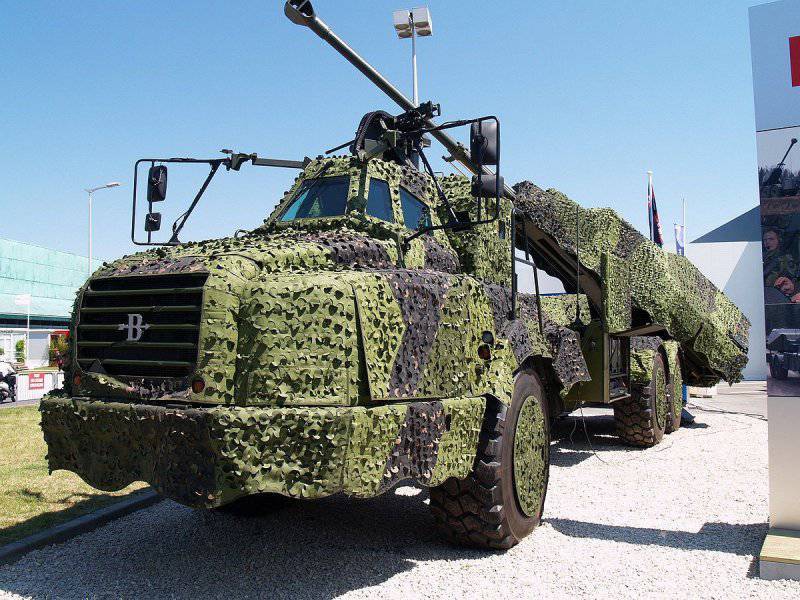
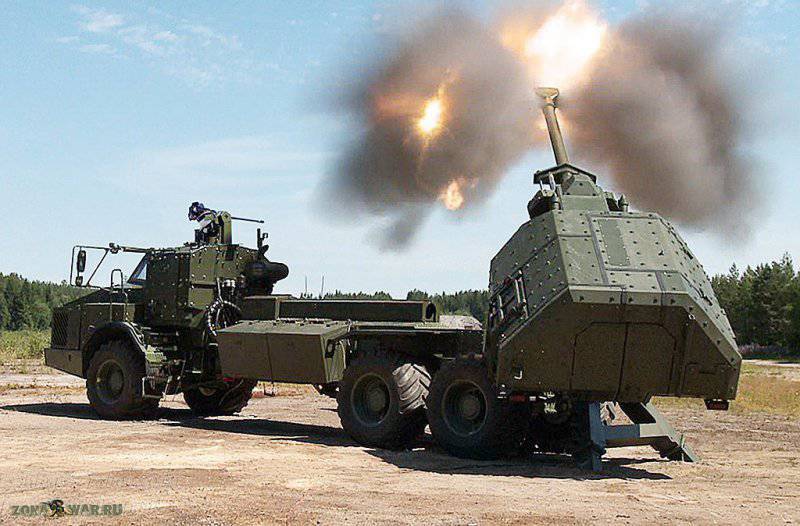
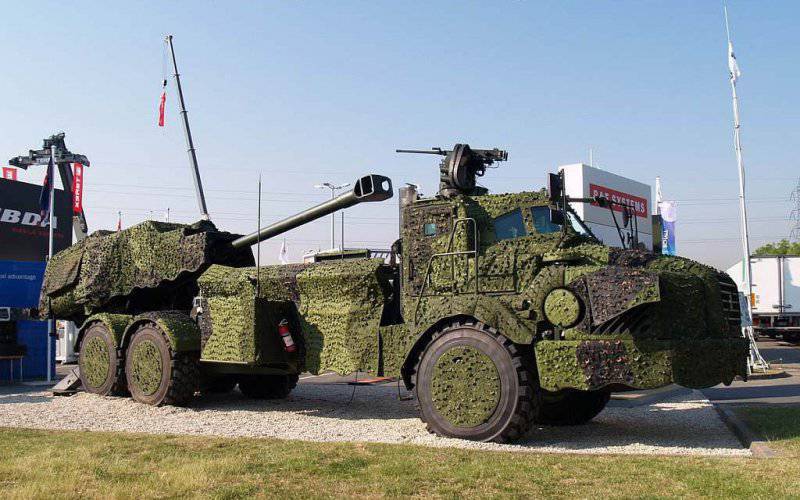
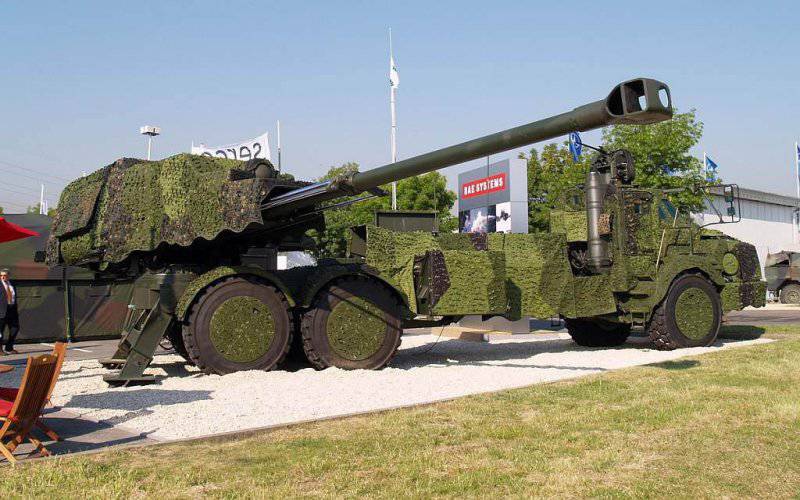
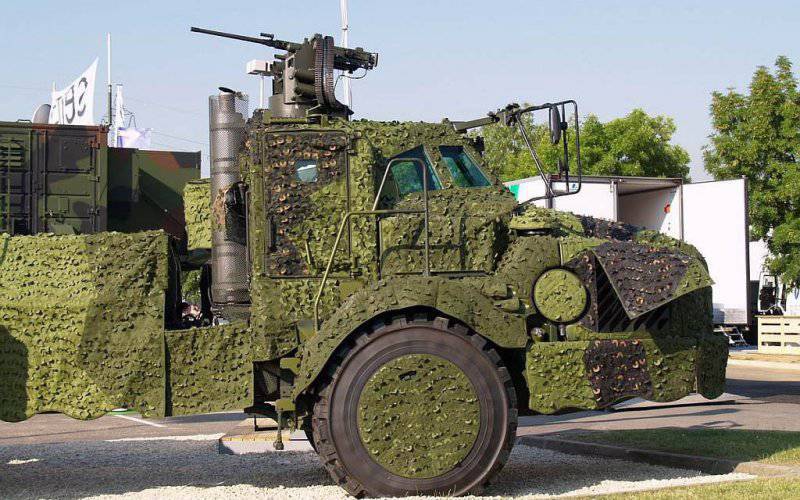
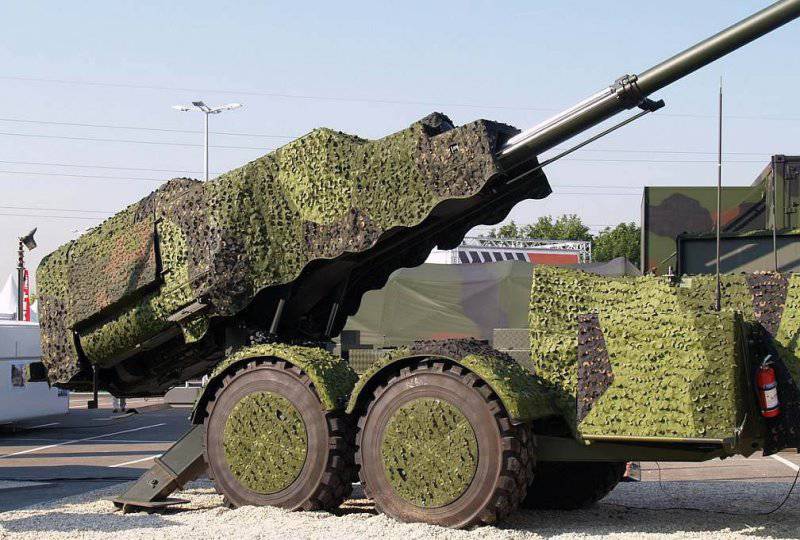
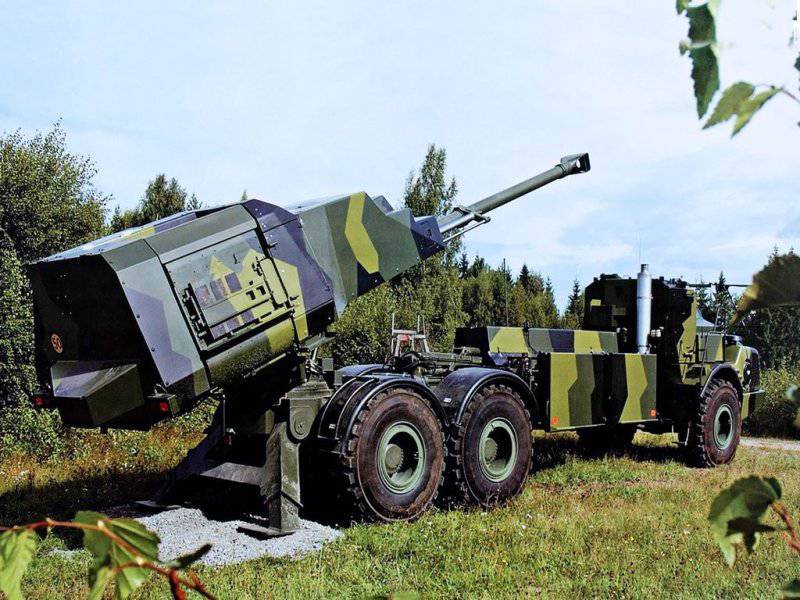
Information